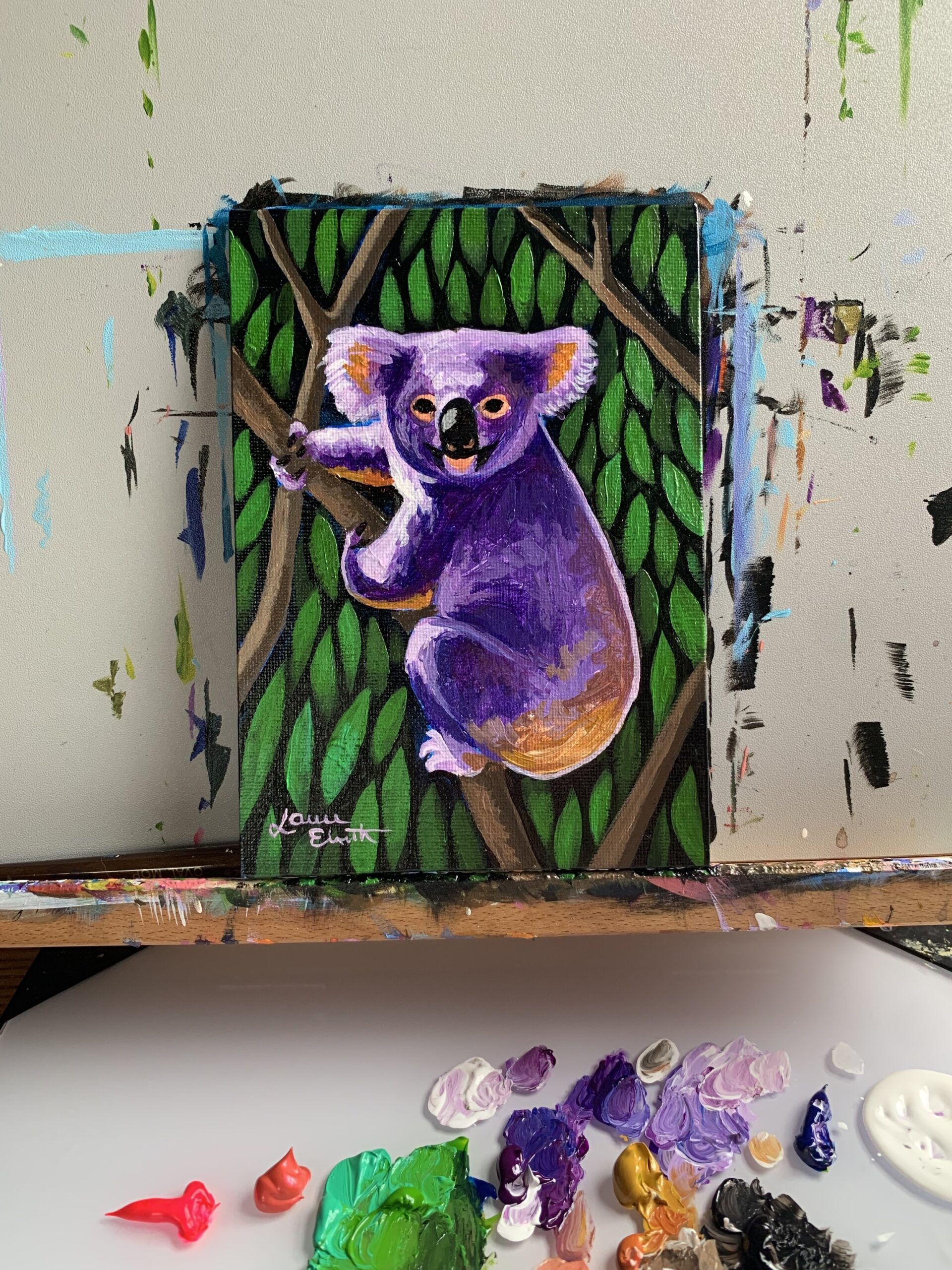Koala bears, also known simply as koalas, are iconic marsupials native to Australia. These adorable creatures are known for their fluffy appearance and unique behaviors. One of the interesting aspects of koalas is their coloration, which plays a crucial role in their survival and adaptation to their environment.
Despite being commonly referred to as “bears,” koalas are not actually bears but rather marsupials. They are often mistaken for bears due to their bear-like appearance and behavior. Koalas are predominantly found in eucalyptus forests and spend most of their time sleeping in trees.
Color of Koala Bears
Koala bears have a distinctive coloration that helps them blend in with their surroundings. Their fur is predominantly gray with a slight tinge of brown, giving them a soft and cuddly appearance. The fur on their belly is usually cream or white in color, which provides a contrast to the rest of their body.
The color of a koala’s fur serves a dual purpose. Firstly, the gray-brown fur helps them camouflage in the eucalyptus trees where they spend most of their time. This natural camouflage allows koalas to hide from predators such as eagles and dingoes, as well as to sneak up on their favorite food source – eucalyptus leaves.
Secondly, the white or cream-colored fur on their belly acts as a form of thermal regulation. Koalas have a unique digestive system that allows them to break down the tough eucalyptus leaves, which can be toxic and low in nutrients. By having a lighter-colored belly, koalas can reflect heat and stay cool during the hot Australian summers.
Overall, the coloration of koala bears is a perfect example of how animals have evolved to adapt to their environment. Their gray-brown fur helps them blend in with the trees, while their white belly aids in thermoregulation. These adorable creatures continue to fascinate researchers and animal lovers alike with their unique adaptations and behaviors.
In conclusion, the color of koala bears is not just a matter of aesthetics but a vital component of their survival in the wild. Their natural camouflage and thermal regulation mechanisms are essential for their well-being in the harsh Australian environment. Next time you see a koala, take a moment to appreciate the beauty and functionality of their coloration.
